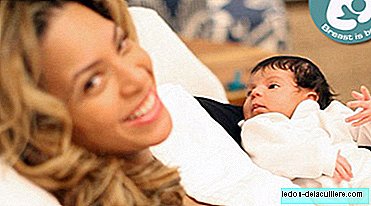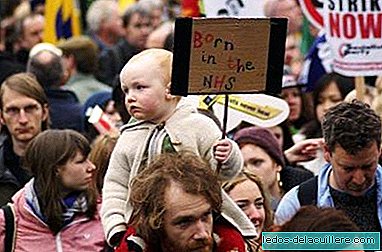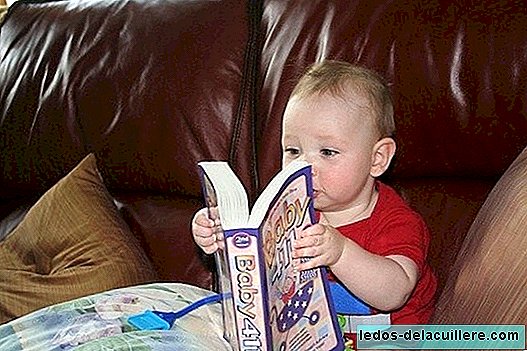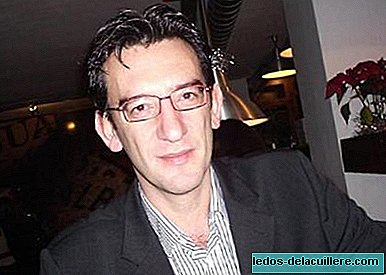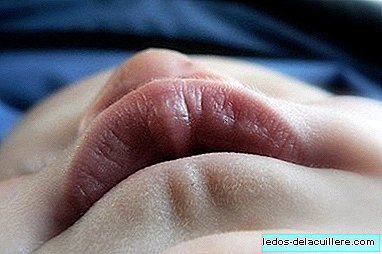
As we have said before, dysglossia has many and varied causes, so it requires various treatments that will adapt to the characteristics of each case.
The first thing to keep in mind is that the pathology that causes a dysglossia usually also alters other aspects of the child's anatomy and functions, so the type of treatment should be included in a program that involves the entire pathology.
This occurs, for example, in cases of congenital syndromes or in cases such as the palatal fissure, where dysglossia is one of the alterations present in the child and each professional who treats it is part of a larger team that must adhere to a action plan that takes into account various disciplines (speech therapist, speech therapist, otolaryngologist, maxillofacial ...) and includes successive stages, ordered consistently over time.
For the therapy to be effective it is necessary to take, from the total set of factors that are affected, first of all those aspects that alter the normal chewing, swallowing or nasal breathing, since an alteration in these aspects also influences speech.
The information that the child receives (when he is older) about his disorder must also be taken into consideration. The child must know why he is performing the specific treatment and the causes that originate his problem, but the responsibility for the correction will not fall on him; It will be the family and the therapist who have that function. Do not forget that the interest shown by the child in the treatment is essential.
Whenever deemed appropriate, group treatment sessions of children with similar alterations may be made, since the perception of similar difficulties in other children dramatizes the situation, in addition to being able to generate a more playful and fun environment. Together with the chewing and swallowing exercises, the
Once the short and long term objectives to be achieved are clear, the specific exercises to work will be established. Any material that is loved and that suits the objectives to be achieved may be appropriate.
In this way, they will train distinguish child functions (for example: nasal breathing, sucking, chewing, swallowing or voice), organs involved in speech (such as lips, tongue, palate, maxilla ...) and the speech articulation.
The choice, sequencing and duration of the exercises depend on the type of problem the child has, their age and, especially, on the attitude (both of the child and his parents) towards the treatment.
The biggest problem that can occur is not usually due to the performance of the exercises, but because of the mandatory time that must be devoted to them, which makes the child (and even his closest relatives) think that they are incompatible with the carrying out any other activity that you want to do.
And here ends the explanation of the disorder that prevents the proper articulation of the phonemes by anatomical and / or physiological alterations of the articulatory organs of speech: dysglossia. Soon we will begin to explain another frequent speech disorder in preschool age.





